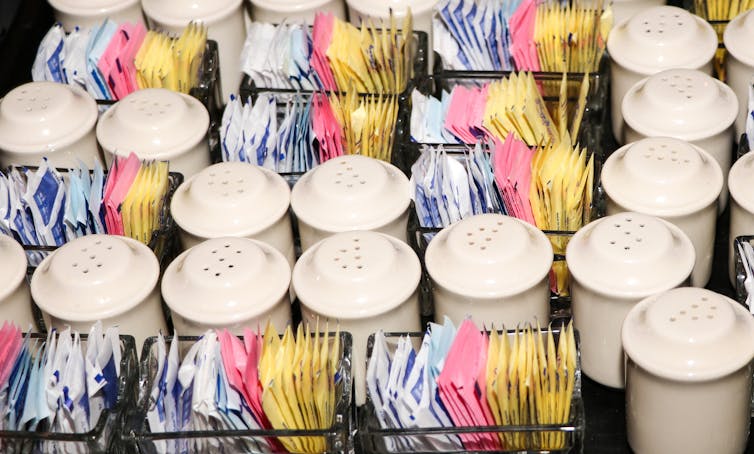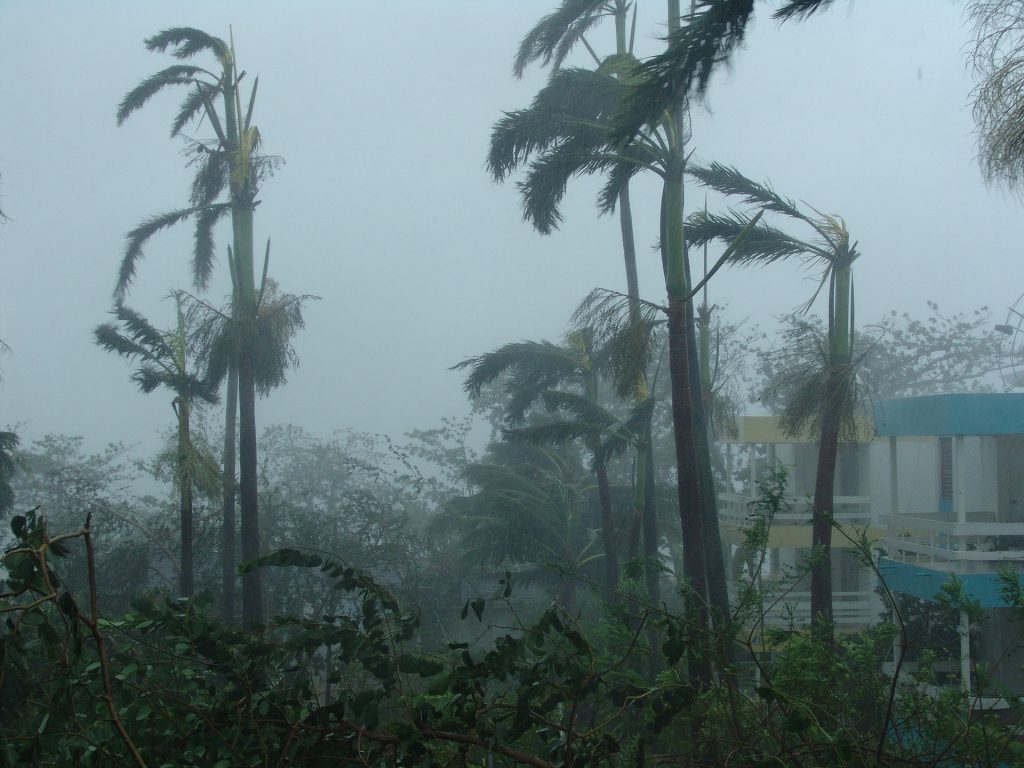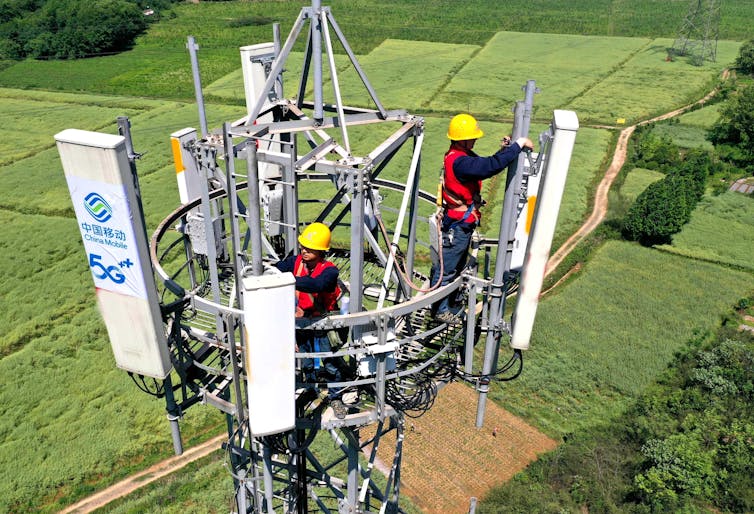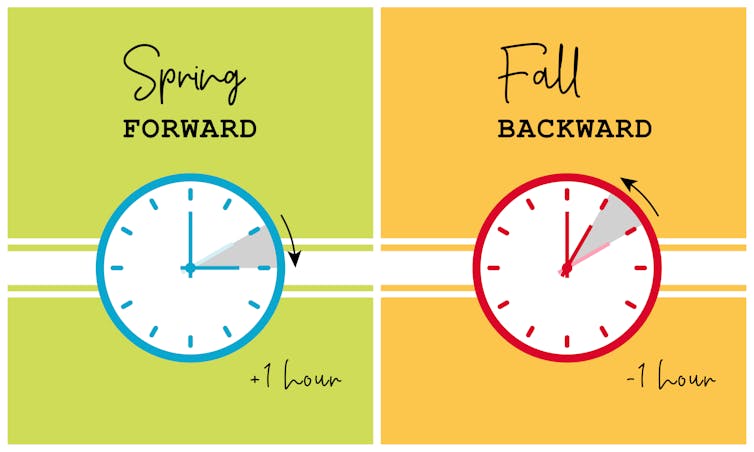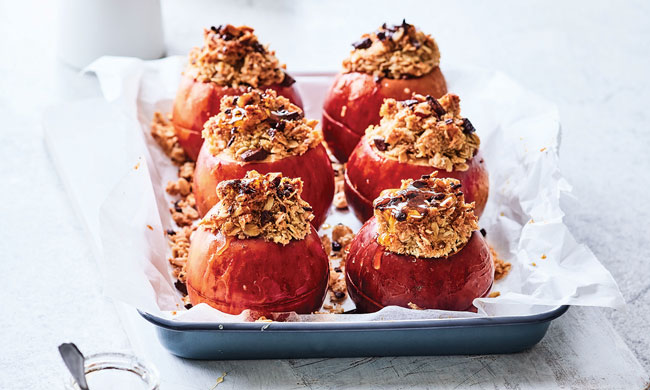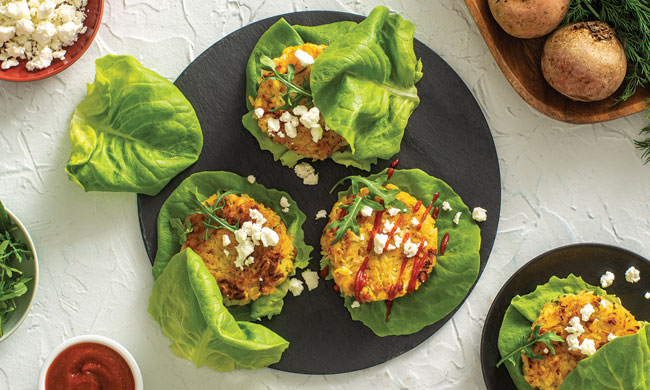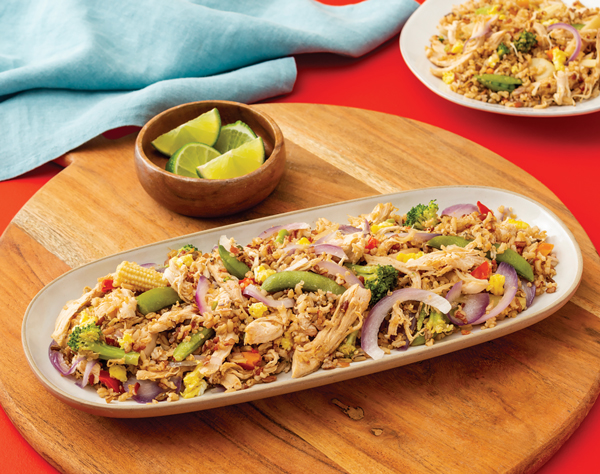What’s a natural burial? A Christian theologian explains
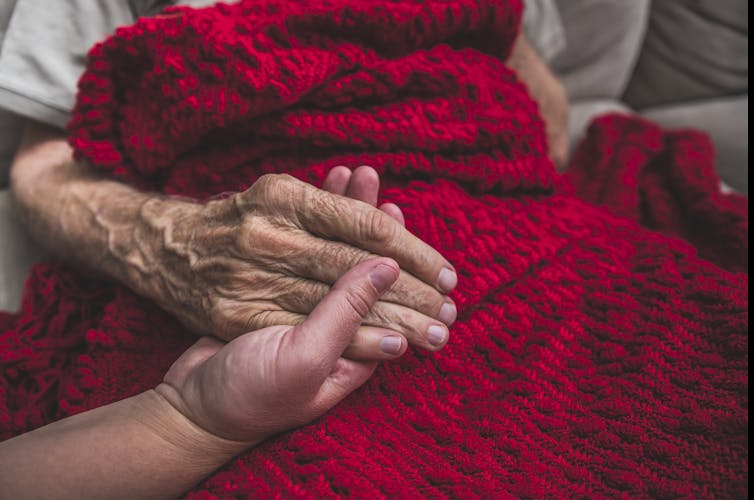
Beth Hoeltke, Concordia Seminary
What’s a natural burial? A Christian theologian explains.
Death is not a subject people typically have an easy time discussing. But for Christian scholar Beth Hoeltke, it’s one she’s devoted much time to, focusing particularly on the growing interest in natural or green burials.
Here, Hoeltke explains how people can go about having a natural burial and why it’s attracting more interest among Christians and people of other faiths.
What is a natural burial?
Natural burial is actually what we would say is the closest we can come to the way Christ was buried. This idea looks at how we would care for the body from baptism all the way through burial as Christian. When a person dies, instead of calling a funeral director, their loved ones would call the church or other family members and ask them to come and help to wash and clean the body. And then dress the body, whether it be in clothing or wrapped in a shroud, and then place them in a coffin. A vigil then could take place at home. It would not need to be done at a funeral home. No embalming would take place. And then a loved one could journey with the body to the final resting place. Or all of this could take place in the church. There are lots of different options.
But natural burial is much more environmentally structured. It doesn’t cause damage to the Earth as much as modern burial methods. Modern burial adds wood that doesn’t break down as easily and decomposition takes much longer than natural burial. It also can include other materials, such as metal, that don’t belong in the ground.
How did we go from natural burials to embalming? And what does Christianity have to say about that?
People have allowed the funeral directors to order the funeral homes to take over a task that nobody wanted to do anymore. The embalming process started back in the Civil War time when people needed to get the bodies home. And so at that time, bodies were filled with embalming fluid before being taken home to their loved ones.
The Christian church would say that Christ had a natural burial. When Christ was born, he would have been wrapped in a shroud. Upon his death he was again wrapped in a linen cloth and set in a grave. First-century burials were slightly different, but it was very similar. The body was actually laid on a bench first, probably a rock bench, until the body had decomposed, and then they would gather the bones and put the bones in an ossuary, a container or room in which the bones of dead people are placed.
What kind of people are interested in green burials?
The term “green burial” is what is heard most often by the public. I believe we have to change it to natural burial, because it’s much more natural in the sense of what’s taking place. The term green burial came from the environmental movement. The people who would be interested in a natural burial are people who do not want to be embalmed, don’t want to die in a hospital and want to have the care and love of their loved ones at home.
But people who are really involved in it right now, especially with the green burial movement, are the people who really don’t want to do damage to the Earth. And so that’s where the movement actually started. And what my writing partner Kent Burreson and I are doing is trying to bring that into the Christian church. And hence we’ve changed the language from a green burial to natural burial so that there’s a more of an understanding that this is the way Christ died.
In what circumstances is embalming required?
Embalming is required in a few states if someone is going to take the body across state lines. Let’s say you were in an area where a natural cemetery is not available and you need to take it to the next state. There are embalming fluids that are more natural than traditional chemicals and don’t contaminate as badly, so there are some options becoming available.
Could you talk about home funerals and their value?
In the past, there was something called the parlor in our homes. And the parlor was actually used for engagements, for weddings, for burials, for births, for all kinds of things that would take place within the home. That’s what funeral parlors have taken on, and they’ve tried to make it look homey. So we’re suggesting bringing the parlor back into our homes, by caring for our ill ones at home, and then when they die, caring for them by washing their bodies, washing their hair, dressing their bodies.
Think of the beauty that could be in caring for your husband or your wife or your child when they have died, to be able to be part of that and washing and caring for them. It not only keeps you busy, but it also allows you to mourn in a much more healthy way, because today death has been pushed out of our lives. We have this time period when we just don’t have the ability to mourn anymore because we go from shock to loss. This way, if we’re doing it in our homes and we’re participating in the death, we are able to actually engage in the activity and realize that death has taken place.

What are people’s concerns when it comes to a natural burial?
Most people are a little nervous about the whole idea. Even though it’s something very traditional, it’s very different from people’s understanding right now. Most of the questions that are asked are, “Is this really OK to do? What do I need to do to be trained?” There are guides that can help with the process called death midwives, death doulas, death guides or funeral guides. People are a little nervous about touching a dead body. For the most part, dead bodies can be touched very easily and very lovingly.
The other question that comes out is, “What if I can’t do this? What if I want to do it but I can’t?” What I say is engage your church community. Reach out to them, talk to them, ask if there are members of the congregation who might participate. In the Jewish faith, they actually have a ceremony called the tahara where they come together upon death and care for the body. They wash it and they say prayers over it and they wrap it and they put it in the coffin. So if you are not able to do that yourself, you might ask your church body or your congregation, or you might hire a death midwife. They could guide you along the way on how to do this. So there shouldn’t be much fear in that.
[Explore the intersection of faith, politics, arts and culture. Sign up for This Week in Religion.]
Beth Hoeltke, Director of the Graduate School, Concordia Seminary
The Conversation under a Creative Commons license. Read the original article.
https://ardelles.com/product-category/mugs/

